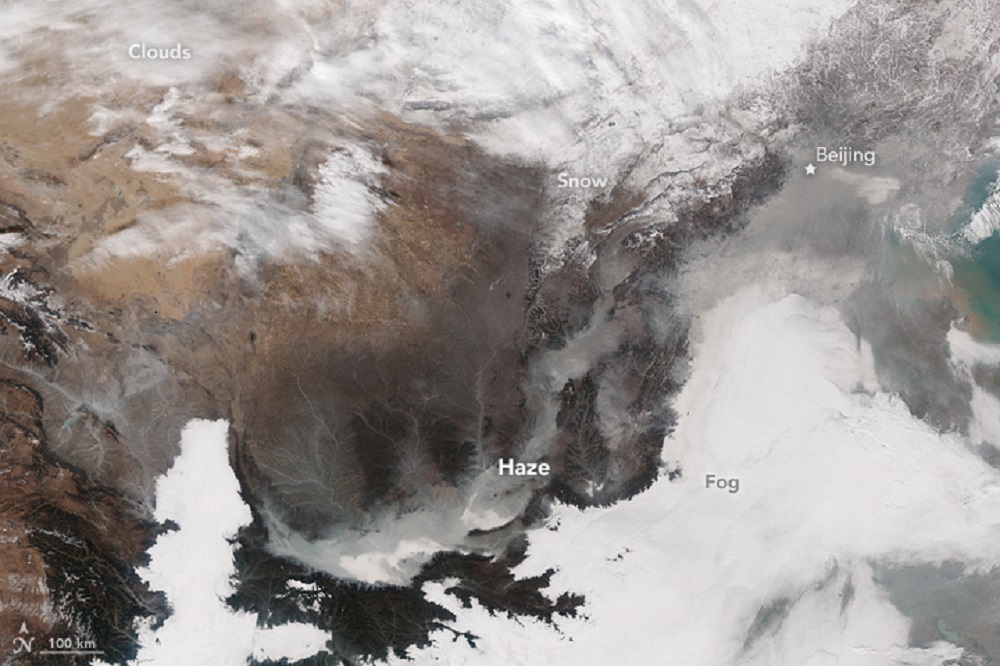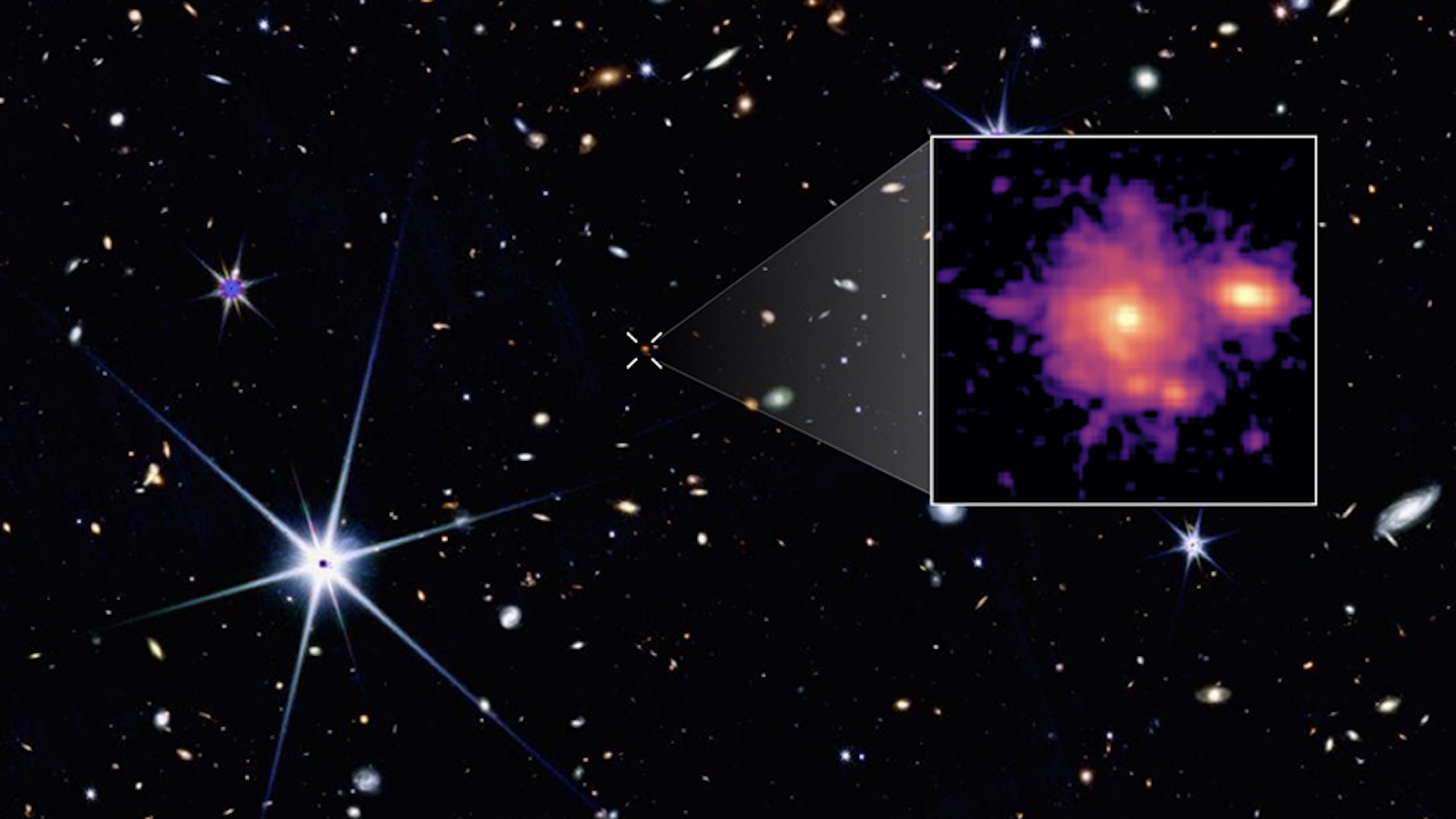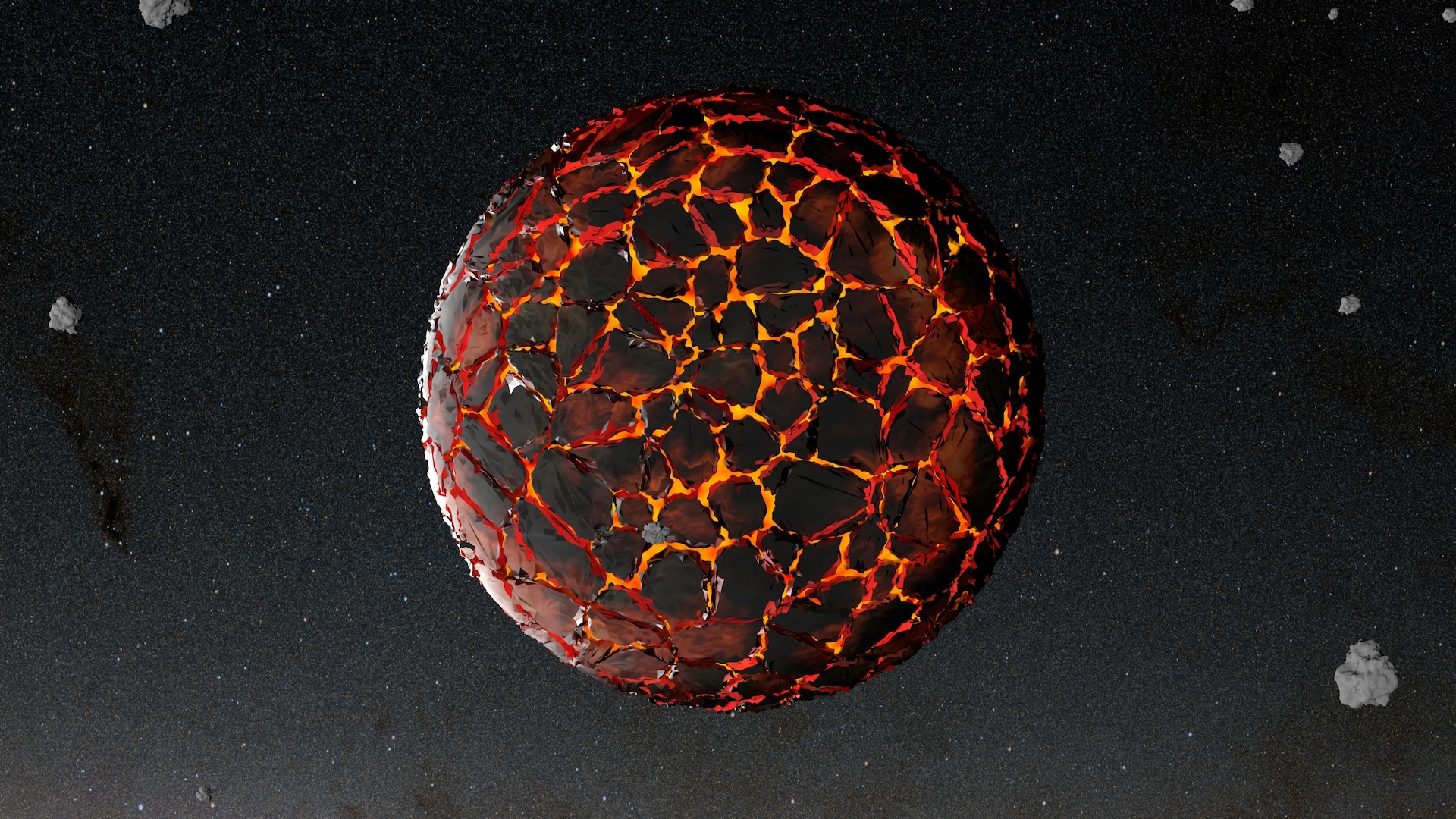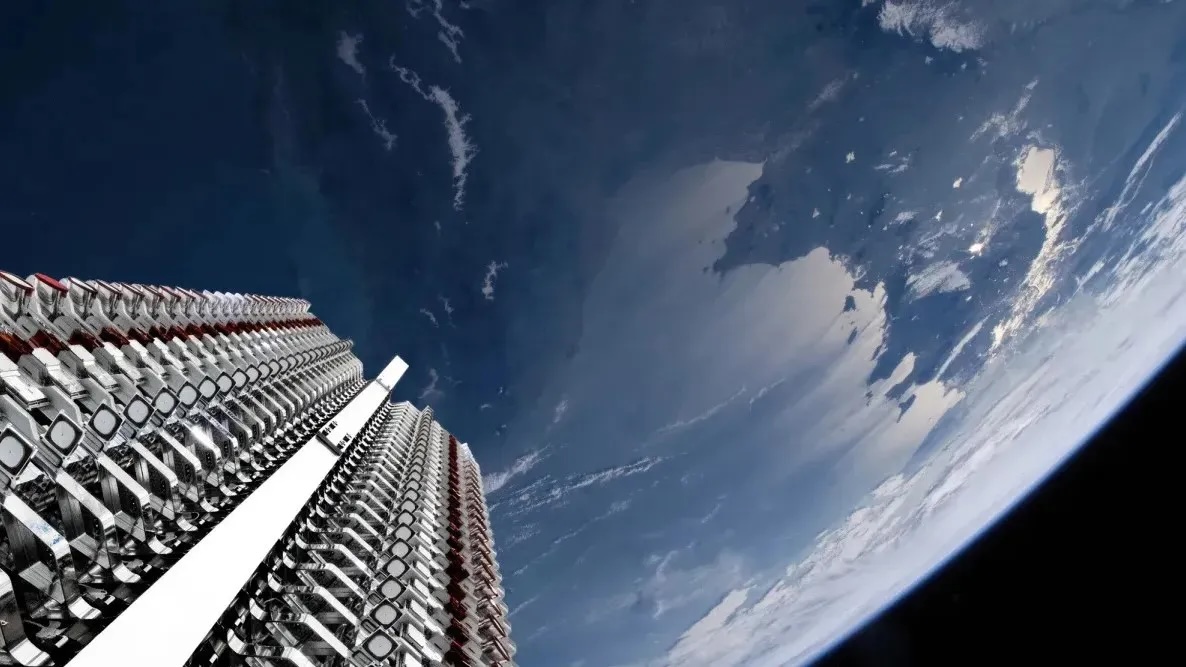China's Latest 'Airpocalypse' Seen from Space

Severe air pollution is choking China with thick veils of smog, and yesterday (Dec. 7), Beijing issued a red alert — the highest possible — due to poor air quality in the Chinese capital city. Recent satellite images of the country show large hazy clouds covering portions of northeastern China that are so thick they can be seen from space.
The images, taken by NASA's Earth-watching Suomi NPP satellite on Nov. 30, show some of the most severe pollution that cities in eastern China, including Beijing, have seen this year.
Shortly after the satellite photos were taken, country officials issued a code orange air pollution alert, which is the third tier of the four-tiered alert system that indicates "heavy" pollution or an Air Quality Index (AQI) reading between 201 and 300. On Monday, however, the country's authorities upgraded the alert to a "code red," the highest level of alarm. It's the first time China has ever issued a code red air pollution alert, which indicates more than three days of air pollution levels with an AQI greater than 300. Officials have advised millions of the country’s citizens to stay indoors, implemented restrictions on driving and put a ban on outdoor barbeque until the smog dissipates, according to news reports. [In Photos: World's Most Polluted Places]
When the satellite image was taken, there was a high measurement of fine, airborne particulate matter — 666 micrograms per cubic meter of air — according to ground-based sensors at the U.S. Embassy in Beijing. Fine, airborne particulate matter, or particles in the air that are smaller than 2.5 micrometers, are particles in the air that measure about one-thirtieth of the width of a human hair.
Most of these particles result from the burning fossil fuels, such as coal, and biomass, such as wood and agricultural byproducts, according to NASA. Coal, in particular, releases carbon dioxide and sulfur dioxide into the atmosphere when it burns.
Sulfur dioxide mixes with water vapor to create sulfuric acid and other sulfates. When sulfuric acid reacts with water in the atmosphere, the result is acid rain, which can be damaging to the environment, according to the U.S. Geological Survey. Sulfate particles also reflect solar radiation, or radioactive energy from the sun that helps warm the planet, according to NASA. Reflecting this radiation creates a cooling effect in regions where sulfates are present in the atmosphere. This is different from the effect of greenhouse gases, which absorb solar radiation and create warming effects.
However, while the cooling effect from sulfates might seem like a good thing, many airborne sulfates, especially dimethyl sulfate, are considered dangerous to human health, according to the U.S. Environmental Protection Agency (EPA). Particles smaller than 2.5 micrometers are of particular concern because they are small enough to enter human lungs and have been associated with severe lung damage, EPA officials have said. The World Health Organization (WHO) considers air quality to be safe when levels of particulate matter smaller than 2.5 micrometers are below 25 micrograms per cubic meter of air. The high levels recorded in China from Nov. 30 were more than 25 times the WHO's recommended safety level.
Sign up for the Live Science daily newsletter now
Get the world’s most fascinating discoveries delivered straight to your inbox.
This week, world leaders, including China’s President Xi Jinping, are in Paris for the United Nations conference on climate change. While China has begun to reduce emissions of sulfates, the country still produces many greenhouse gases that contribute to global warming. The Paris climate summit, which will wrap up on Friday (Dec. 11), aims to establish emissions standards that world leaders hope will help slow the effects of climate change.
Follow Elizabeth Newbern @liznewbern. Follow Live Science @livescience, Facebook & Google+. Original article on Live Science.









